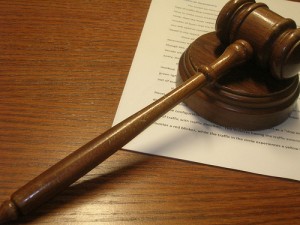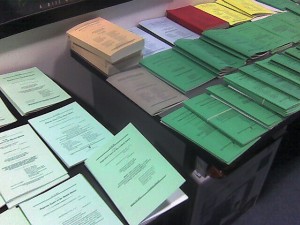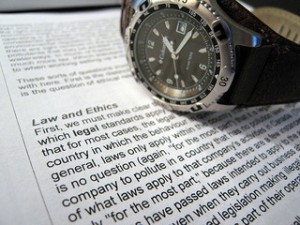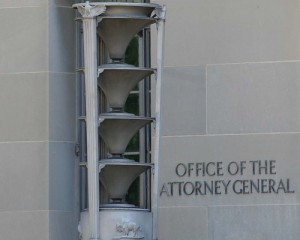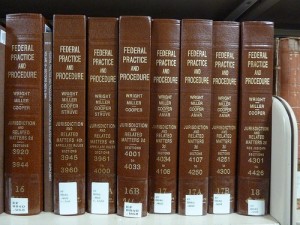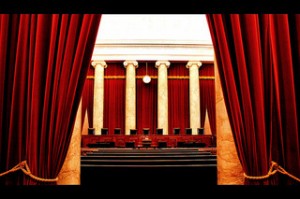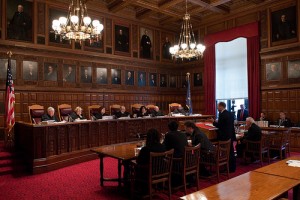There are many citation styles one could use in writing briefs—The Bluebook, The Redbook, the University of Chicago Manual of Legal Citation, the California Style Manual, and so on. One is not inherently superior to another. If the court that will consider the brief has a required style, then that ends the matter.
The fundamental rules for good citations are a very few:
- citations must provide everything the reader must know to locate the source;
- citations need to be simple, easy to understand and remember; and
- citations in a single brief need to be consistent in format and presentation.
Every deviation from consistent citation style that is not obviously justified by some immediate need to provide additional information is a distraction to the reader. Every distraction pulls the reader away from the brief’s goal (affirmance or reversal).
Despite the various instructions to use supra and infra, it is better to give full citations to cases every time that you cannot use Id. The benefits are several:
- you can move sections of the brief around freely when you realize that a later argument is stronger than first thought or logically belongs earlier in the brief. There is no need to search for the parts of citations omitted when supra is used.
- the court can see which circuit and court decided the case. If you spend the extra time to locate authority in the same circuit, why lose the benefit of that information in the second citation?
- using supra doesn’t save that much space anyway.
Abbreviations are another place where you may decide not to follow the rules too strictly. Consistency in abbreviations may be more important than perfection in abbreviating in accordance with a long list of hundreds of terms. Abbreviate when you really get some benefit, such as Mgmt. instead of Management, and when the abbreviation is common, such as Ins. for Insurance and Co. for Company. Memorize the 20 or 30 words that are worth abbreviating consistently in case names and write all others out in full. This approach allows your writing to flow without having to look up an abbreviation or think about whether to abbreviate words in a citation.

